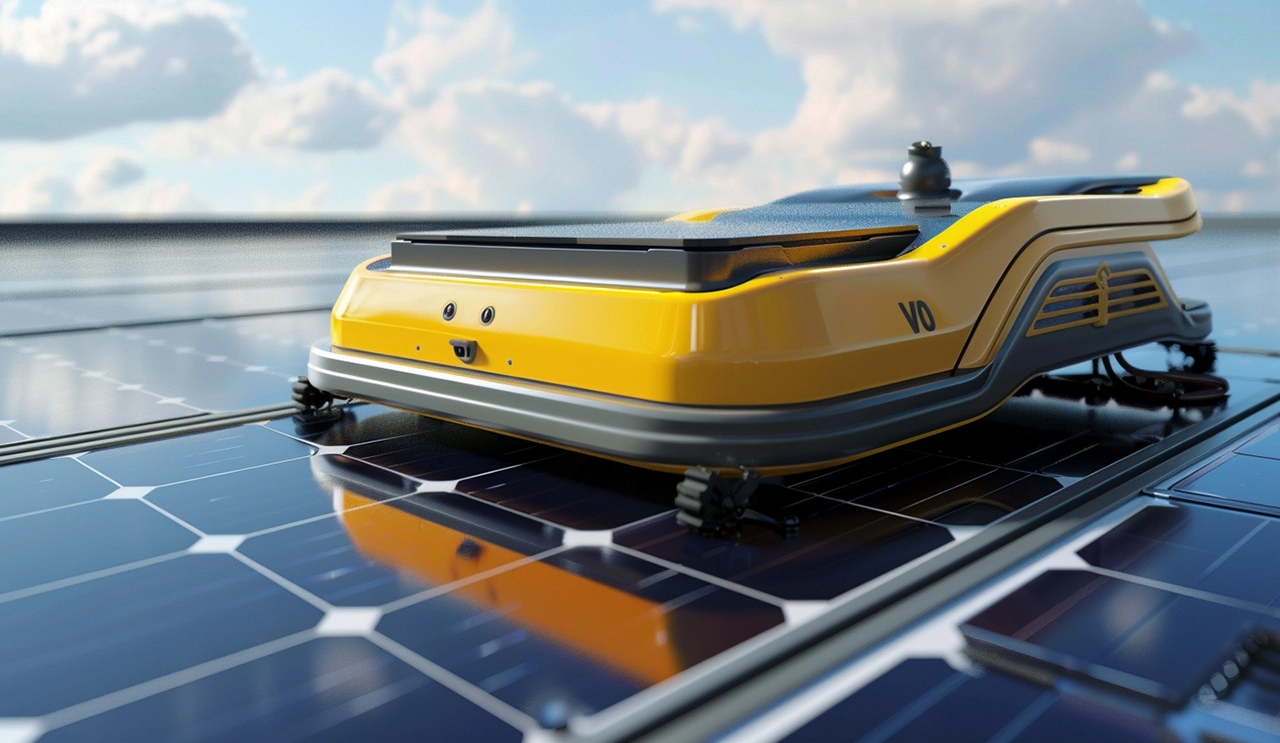
WIRELESS CHARGING IN THE NEWS
Since its advent, wireless charging technology has been widely used in low-power devices such as smart phones and smart watches. However, with the progress of science and technology and the increase in demand for industrial applications, high-power wireless charging technology has emerged and gradually emerged in the fields of electric vehicles, industrial robots, drones and so on. So, how does high-power wireless charging technology achieve efficient transmission? This article will reveal the core principles and key elements of this technology, and take you to the bottom of it.
Power management and control
Efficient high-power wireless charging system can not be separated from advanced power management and control technology. These technologies ensure stable, efficient energy transfer during charging and minimize energy loss. Specifically, power management and control technology includes the following aspects:
Intelligent frequency modulation: By dynamically adjusting the frequency of AC, the transmitting coil and the receiving coil always maintain the best resonance state, thereby improving the efficiency of energy transmission.
Power adjustment: Dynamically adjusts the output power according to the charging requirements of the device to ensure the efficiency and safety of the charging process.
Fault detection: Real-time monitoring of various parameters in the charging process, such as voltage, current, temperature, etc., to discover and deal with faults in time to avoid safety risks such as overheating and overcharging.
Magnetic resonance technique
Magnetic resonance technology is another important means to realize high-power wireless charging. Magnetic resonance technology makes energy transmission more efficient by adjusting the resonance frequency of the transmitting coil and the receiving coil. Compared with traditional electromagnetic induction, magnetic resonance technology can achieve efficient energy transmission over a larger distance range and is suitable for a variety of application scenarios.
Resonance frequency adjustment: By precisely adjusting the resonance frequency, the energy transmission efficiency between the transmitting coil and the receiving coil is maximized.
Multi-coil design: In some high-power wireless charging systems, multiple transmitting coils and receiving coils are used to achieve the best distribution of energy through the intelligent control system and improve the overall transmission efficiency.
Heat dissipation design
In the process of high-power wireless charging, more heat will be generated, so efficient heat dissipation design is also the key to achieve high-power transmission. Good heat dissipation design can ensure that the system is stable and safe when running at high load for a long time.
Material selection: Use materials with excellent thermal conductivity, such as aluminum or copper, to make radiators or heat sinks to effectively conduct and dissipate heat.
Heat dissipation structure: Design reasonable heat dissipation structure, such as air cooling, water cooling or phase change material cooling, to ensure rapid heat discharge.
Temperature monitoring: The temperature sensor monitors the system temperature in real time. When the temperature exceeds the preset value, the heat dissipation measures are automatically started to prevent overheating damage.
Wireless communication technology
High-power wireless charging systems are usually equipped with wireless communication modules for real-time monitoring and adjustment of charging status. Through wireless communication technology, the remote management of the charging process can be realized to ensure the safety and efficiency of charging.
Real-time monitoring: Monitor various parameters during the charging process, such as charging power, battery status, etc., to ensure the safety and stability of the charging process.
Remote control: Through wireless communication, charging parameters can be adjusted remotely to adapt to the charging needs of different devices.
Fault alarm: When the system is abnormal, it can send alarm information in time for quick processing.
High-power wireless charging technology through electromagnetic induction, high-frequency AC, power management and control, magnetic resonance, efficient cooling design and wireless communication technology and other means to achieve efficient, stable and safe high-power energy transmission. This technology not only has a wide range of application prospects in the field of consumer electronics, but also shows great potential in high-power equipment such as electric vehicles, industrial robots, and drones. With the continuous maturity and innovation of technology, high-power wireless charging will gradually become an important way of energy transmission in the future.







